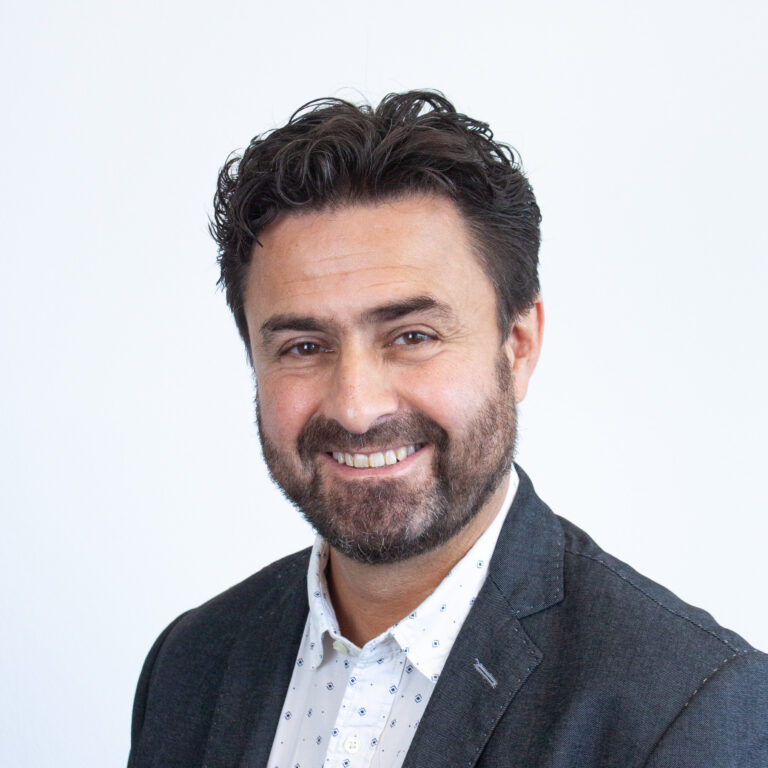Longitudinal Imaging for Organoids
Organoid models as the key to decoding therapy-resistant cancer cells
About the project
Organoids can mimic the morphology, heterogeneity and properties of the original tissue, including responses to therapies. Their detailed examination therefore provides deeper insights into disease or treatment progression, which can be observed by continuous monitoring of complex 3D structures over several days.
In recent years, we have established new imaging techniques for the longitudinal analysis of organoids during tumor development and treatment. In collaboration with the Prevedel lab at EMBL, a label-free imaging system has been developed to enable the morphological characterization of large organoid populations. To this end, the Prevedel lab has developed an OCM (optical coherence microscopy) system that enables three-dimensional resolution in the micrometer range to visualize cell structures within intact organoids. This allows us to quantify features such as lumen formation or thickness of the epithelial layer – and thus the behavior of the tumor organoid.
At the same time, we have optimized the functional fluorescent dyes for use in light sheet microscopy (Selective Plane Illumination Microscopy / SPIM; collaboration with Luxendo/Bruker) to observe organoids from patients and mouse models for up to four days. This allows us to monitor the effects of oncogenes or organoid treatments at single cell resolution.
Light sheet microscopy of single cells in organoids during the initiation of cancer
Stochastic tumor formation in an organoid (green cells) embedded in normal tissue (purple cells). Imaged over 3 days in an inverted SPIM microscope under low phototoxic conditions.
Further information in Alladin et al, 2020; eLife; doi: 10.7554/eLife.54066 .
Contact
For further information or
if you have any questions, please contact

Martin Jechlinger
Senior Scientist
Mail Martin.Jechlinger@molit.eu
Phone 07131 / 13345-71